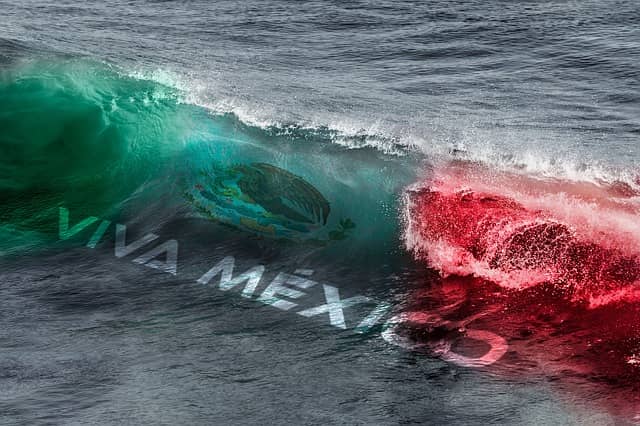Get to know five heroes of the Mexican War of Independence
The following is a brief biographical profile of five heroes of the Independence. This period, known as the War of Independence, began in the early morning of September 16, 1810, and ended on September 27, 1821.





